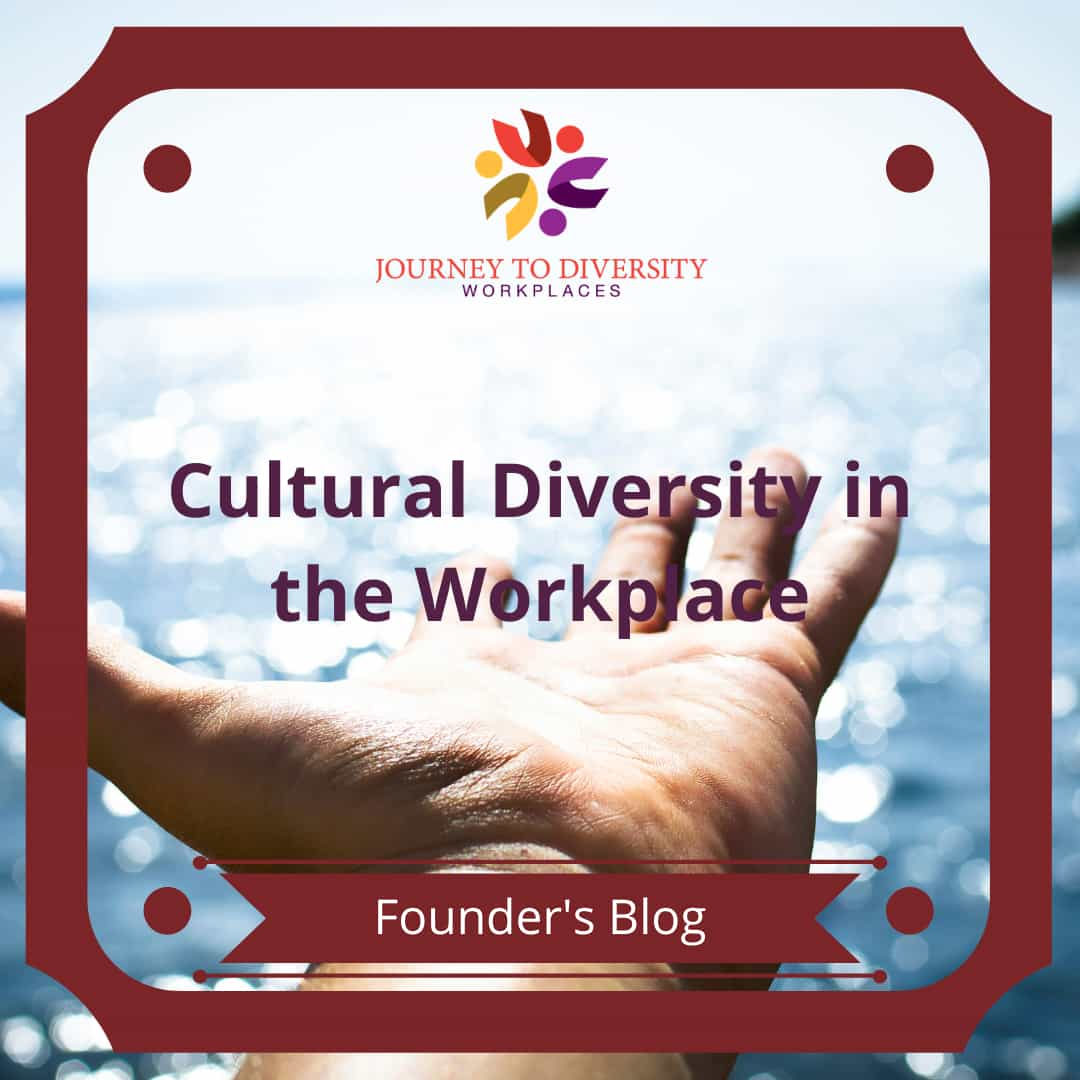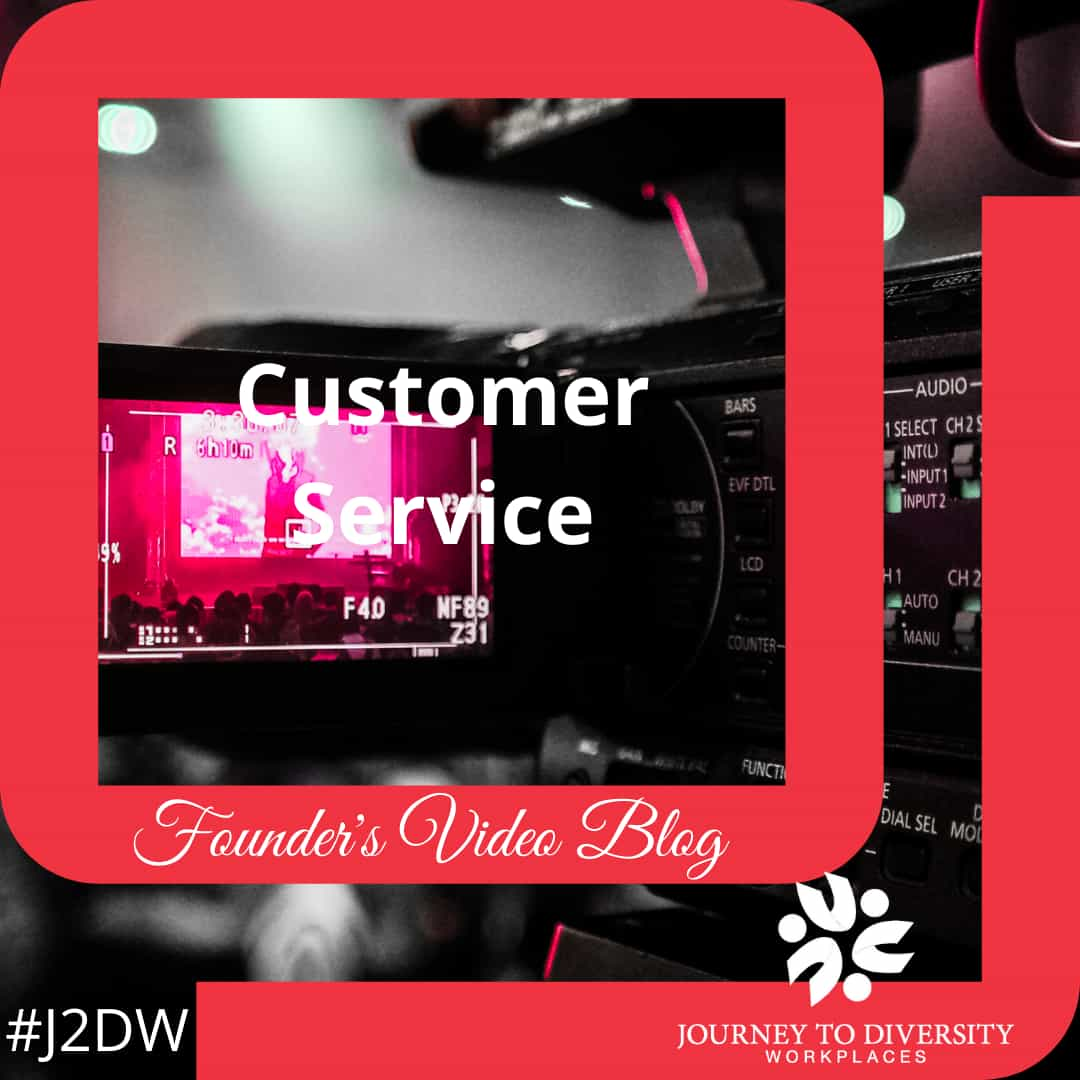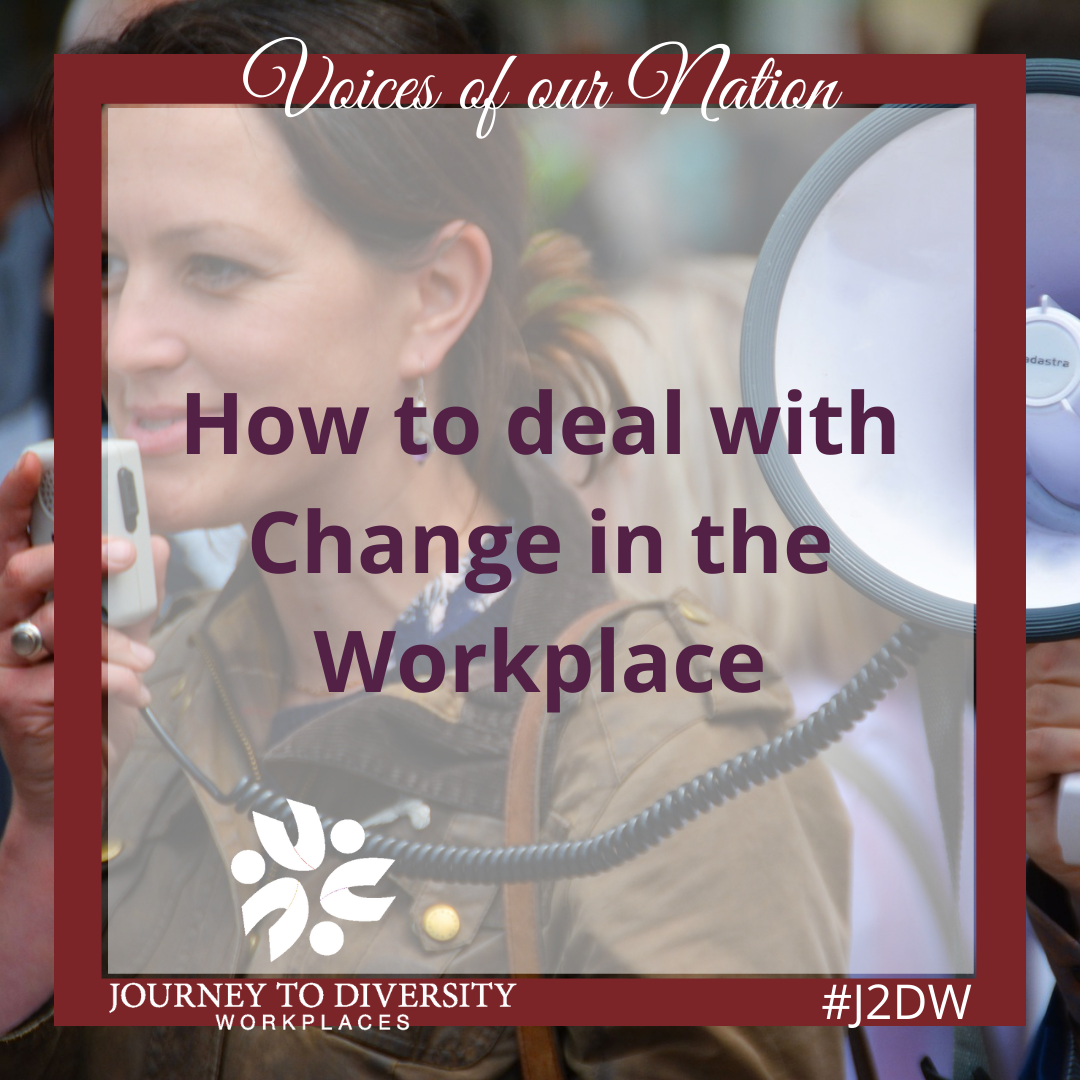A decent variety identifies with various societies, foundations, ages, sexual orientations, identities and different elements. It likewise identifies with how individuals see themselves and how they see others. Cultural variety in the work environment has turned into a key worry to pioneers and chiefs of associations today. Associations are crossing outskirts and mainland in the mission for more markets. Work movements are acquiring individuals from various races, foundations, sexual orientations and identities into the work environment. Enrollment masters are hunting down work ability all around. At this point, what are the ramifications of these to an association? How does these influence administrators? What are the principle things a director has to know in regards to variety in the work environment? We should think about some notable angles.
To the employee: listed are some of the ways to respect the diversity in the workplace;
We all have biases. This is a natural result of our life experience. Take a moment to write down what your biases are and ways in which you wouldn’t allow these biases to affect how you conduct yourself in the workplace.
-
Take a genuine interest in someone with a different background than your own. Make sure your conversions are deep rooted in a common ground that does not offend cultural sensibilities.
-
Bring together, diverse groups for invitation. Doing this will increase the pace and creativity involved with innovation. Companies that do not change and innovate will crumble and the diversity can be a company’s most valuable resources in this area.
-
Respect religious holidays. Most company’s respect Christian holidays, however, the workplace tends to have a variety of religions. Thus, all-important holidays should be respected of that particular religion.
-
Create interest in organizing a lunch with someone from a different background and try changing lunch tables to meet new people.
To the Director: In the worldwide town, having decent variety is a reality and not simply administrative buildup. As a director, you have to comprehend, embrace and value cultural diversity. The director of a company will unquestionably have various groups in any case and the onus is on him/her to adjust their administrative abilities corresponding to this.
It is prudent for human asset supervisors and enlistment specialists to think about assorted variety while distinguishing and pulling in ability.
Cultural variety must be implanted into the way of life of the association. Your association’s way of life is produced after some time and contains the convictions, values, practices, states of mind and other basic suppositions shared by individuals. Envision a different work environment with its way of life genuinely skewed and doesn’t consider having a variety of diversity.
As an administrator, you have to realize that having a decent variety in a working environment is a benefit. Numerous focal points gather from having a decent variety and your association can profit from this because cultural variety upgrades cooperative energy in a work environment. Cultural variety additionally enhances inspiration and motivation and these can bring about expanded efficiency, gainfulness and rate of profitability. It gives a decent stage to learning since it brings new points of view and methodologies, new authority styles, better basic leadership and so forth. The mix of various encounters, foundations and vocation ways can be a gift. This can be utilized to enhance productivity and viability of people and furthermore, groups. Item advancement groups for instance, can be multidisciplinary and multicultural for motivations behind having a decent variety.
Presently, shouldn’t something be said about the drawback of having a decent cultural diversity? Work environment assorted variety additionally has its impediments and risks. Correspondence issues commonly emerge and these can be trying to your element’s activities. Isn’t this test regular with multinationals? Cultural diversity may likewise breed protection from change. Most times workers may likewise be enraptured along lines of decent variety. Past the substance and into the business world, complexities in business arrangements crosswise over societies and so on can emerge because of cultural variety.
Associations can take the advantage of cultural diversity to enhance administrations of the association. When you lead business universally for instance, your client base is exceptionally different. The general public you work together in is various. Decent variety in this manner mirrors your client base and the general public overall. Wouldn’t you be able to then utilize your differing group to enhance administrations to the classified client?
Presently, would you say you are setting adequate accentuation on work environment decent variety? Is your association very much situated to oversee work environment assorted variety? Thinking about all the above certainties, it is crucial that you do the needful. Comprehend cultural variety and make its best utilization, while limiting its negative effect on your company.
Embrace diversity in your workplace and you will be on the way to a more fulfilling and productive organization. The world is a beautiful mosaic of differences and the workplace should be as well. Respecting your co-workers and employees is paramount to tapping the valuable diversity in your organization.
Reference
Charlie Bentson King: Writer and producer of training ABC
This article was edited by volunteer editor Erin Murphy.





